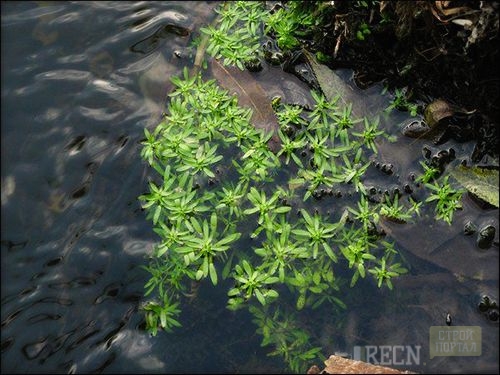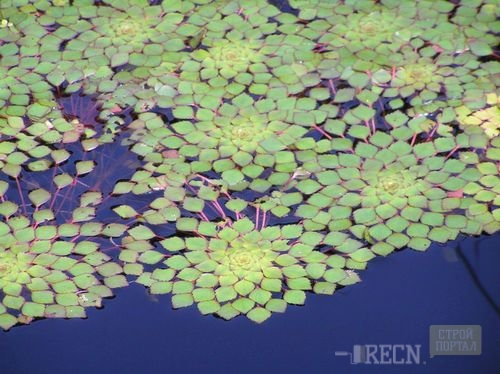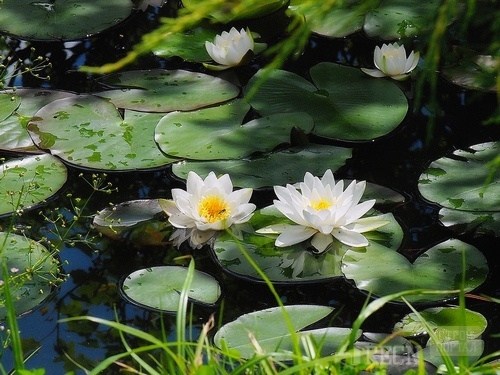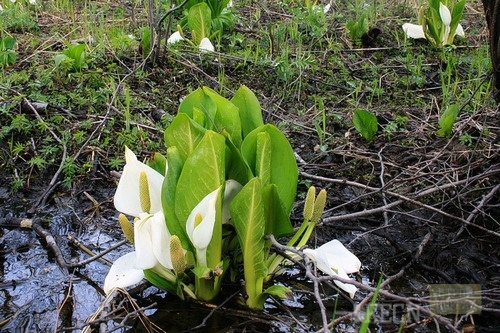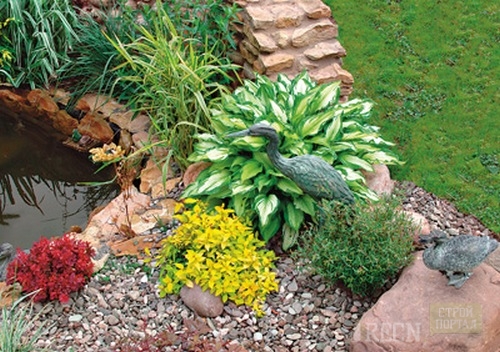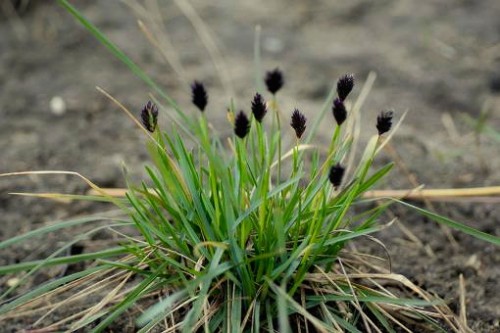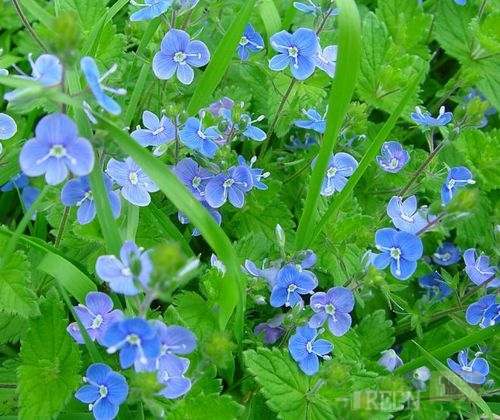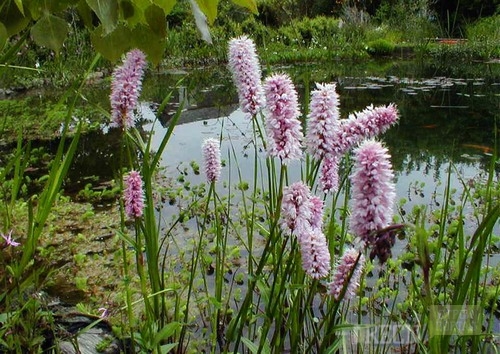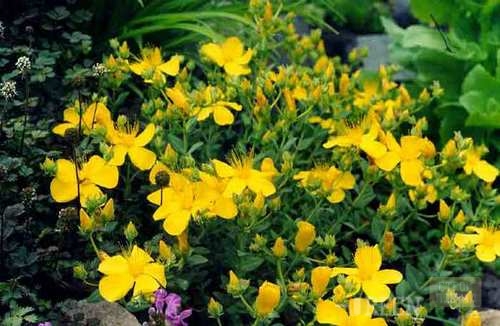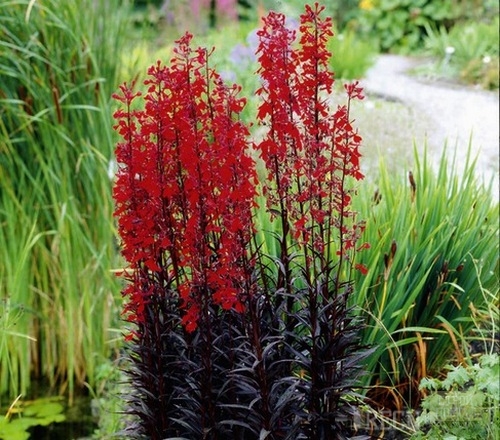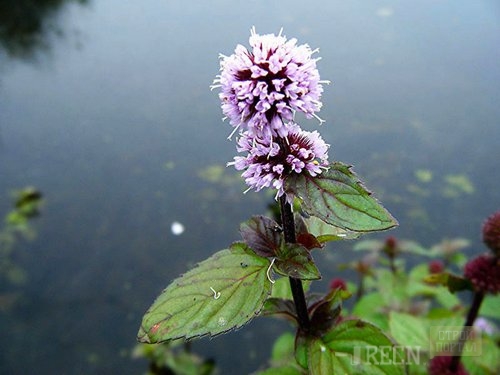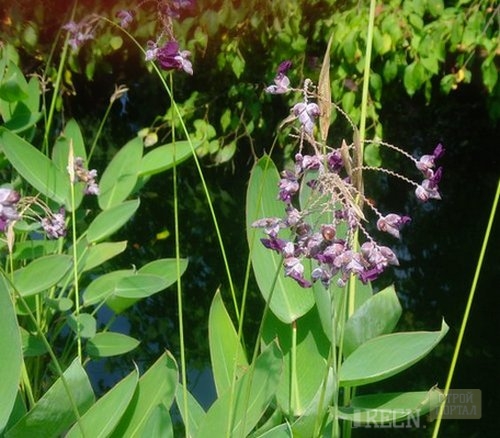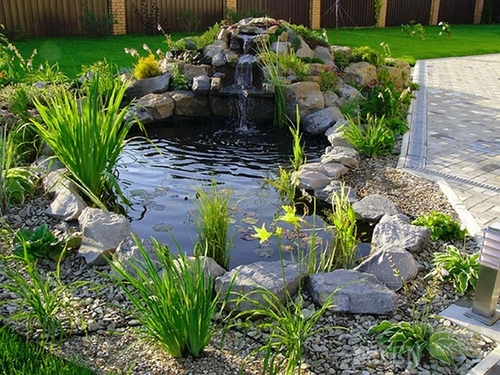
Coastal plants for decorative reservoir in the country area Plot
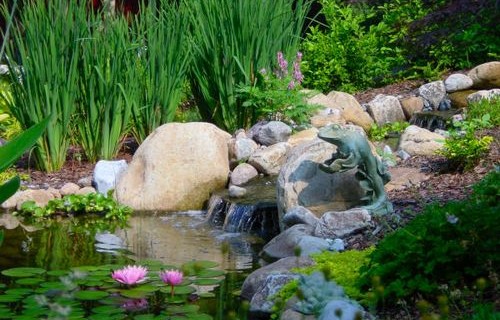
Country artificial pond, which is not decorated with coastal and aquatic plants, is just a pit filled with water. And only with love landscaped by caring hands, it is possible to consider a real decorative element of the household plot.
Content
Types of plants for a dacha pond
Depending on the location relative to water, several groups of vegetation are distinguished, each of which performs a special role in the life of the reservoir.
Oxigenerators
These plants help the artificial pond "breathe": they absorb carbon dioxide, highlighting the oxygen into the surrounding their space. They have a wonderful feature - to delay the pollution of water for a long time. Serve food for some species. The whole body of the oxyerator plant is immersed in water, and the upper part is sometimes shown above the surface of the water stroit. Among them: the Bollyman (in the photo below), Turcha, Fetinalis, Elodea, RDEST, Rogolistnik.
Floating on the surface of the plant
Representatives of this species are not fixed at the bottom of the reservoir - grow and exist, freely floating on the surface of the water mirror. They save water from evaporation under the scorching rays of the sun and blooming. They include azoll, horseman, writing, pitchfork, waterwater, water walnut (in the photo).
Deepive plants
These "inhabitants" of the country's water reservoir absorb the substances harmful to the water microclimate are the natural shading of water stroit and save it from overheating in the sun. These are pita (in the photo), water buttercups, a nifberry, a cube.
Swamp plants
Prefer wet, never drying marshy soil. Their main mission is decorative. Among them, the marsh Air, Bolotnika, Bolotnaya White (in the photo), reed, ordinary truck, Rogoz, Water School, Common Rolls.
Coastal plants
They are a link between artificial reservoirs and a garden, serve as an ornament for a dacha pond.
Functions of coastal and aquatic plants
- decorate the pond;
- protect water from excessive overheating to sultry weather;
- enrich water oxygen;
- regulate the amount of nutrient and organic substances in the reservoir;
- warn waterproof and flowering;
- are an obstacle to reproduction of algae.
Popular coastal plants
Plants suitable for "accommodation" on the shore of a dacha pond, a lot. We will get acquainted closer with some of them.
AIR cellasum
It is a low (about 20 cm) a perennial plant is ideal for decorating an artificial pond: it will stand in front of any seasonal adversity. It feels well in open sunny places. AIR is perfectly joining the humid, impregnated with humus soil, moreover, this grass will not be embarrassed even or land.
At first, after landing, it is important not to forget about the regular watering of AIR. And when the plant is strengthened, it will be able to do without water for 2 to 3 weeks. From the ubiquitous weeds, AIRs are eliminated regularly, since in a year - two thickets of this plant of the coastal strip roots "bent" under themselves all the weed grass, and weeding the weeds will be almost impossible.
Ayir calmly transfers frosts in a cold greenhouse or cellar. The plant is transplanted in autumn or with the arrival of spring.
Veronica
Several species of this long-term plant of the coastal zone are distinguished, the most popular of them is Veronica Charging. With its long fluttering stems with a multitude of oval small leaves, it is beautifully covered by the vast coastal parts of the pond. Miniature blue flowers are well noticeable against a bright green background.
For the winter, the plant throws out the leaves, frosts of his aboveground parts will lose, hiding into or soil soil so that in the spring again getting a growing carpet from new shoots in all directions. Sometimes Veronica is immersed in the water - it lacks the air, and then a large amount of air pores are formed on the stalks of the plant. They make Veronica easy, which allows her to swim on the surface of the water stroit. The plant is breeding.
Highlander snake
Describing the coastal plants for the pond, it is impossible not to remember the Highlander. Long pink scene of the inflorescence of this handsome makes a reviving note in a general monophonic picture of the coastal strip.
Highlander blooms at the beginning of summer, he loves the sun very much and blows the cold, without needing shelter. Good grows on wet ground, especially where there are hummous loams. Strong attention in terms of trimming plant does not require, as it turns out of moderate pace. Cutting a mountaine autumn.
The plant is divided using rhizomes and seeds. At first, after transplanting, Highlanders need often watered. Without transplant this perennial can live in one place for quite a long time (from 5 to 10 years).
John's wort Bolotnaya
The lowered plant prefers shallow water. Its dropping canvas, decorated with small-sized leaves, is perfect for filling the "bald" places between tall coastal plants. From the middle and until the end of the summer, St. John's wort is flowers with elegant yellow flowers similar to a cup.
The plantation depth of the plant is approximately 5 cm from the water level in the pond. Sprinkle Zver wouthes without difficulty will be a division of cooks in spring time or with the help of cuttings in summer.
Iris Bolotnaya
These coastal plants of water bodies can be called universal: their rhizomes feel well both in water and on land. Iris is a perennial, begins to bloom at the end of June.
The plant is not afraid of a sudden increase in the water level in the country's dacha and withstands the flooding for quite a long time. But the drying of the soil affects the Iris not the best way - it loses his decorative qualities. The plant tolerates the shadow well, despite the fact that he loves the sun. When landing, if possible, it is better to choose such a place where Iris on from all sides will be protected from the wind. In shelter for the winter period, the plant does not need.
Iris breeds with the help of seeds and vegetatively. Some of his ways can easily propagate the kidney carriage with the roots. Before planting a plant, inspecting his rhizomes, certainly removing those old parts where the kidneys is not. Sit to the depth of 5 - 7 cm. Recently, the planted iris is abundantly watered. The rest of the plant almost does not need to care.
Lobelia fire
Tall plant can grow an average of 75 cm from the ground. Seeds of plants plant in the soil in winter, in January, they are sent to open land in June, deepening at a distance of 20 - 25 cm.
Lobelia loves heat: It is open and sunny places that reveal all its huge decorative potential. She is suitable raw coastal soil, short-term flooding Lobelia is not afraid. Most of all the plant is sunglining or sampling soil. The lobelia of the middle strip for winter is hiding in the cellar, and those that grow in the south, without any problems in the open soil. Plant seeds that sow in February in greenhouse conditions. Seedlings are transferred to the permanent "place of residence" at the pond immediately after the spring frosts end.
Mint water
This racing plant quickly and reliably rooted in the soil, growing rapidly. In connection with this peculiarity, mint is recommended to be grown in containers so that in time it is not "eating" the neighboring plants. In the middle of the summer blooms gentle lilac flowers in small fluffy inflorescences that are very loved by bees. Mint rarely grows more than 50 cm in height, it is planting it at a depth of 7 - 8 cm. Spreads up with bushes with the arrival of spring.
Waist sweater
It can reach a height of 2 m. The above-ground parts of the plant are covered with a whitish bloom, as if powder, hence the name. The waist flowers are assembled into large (20 - 45 cm long) panicles, their size is not more than 2 cm in diameter. This plant is considered one of the most beautiful among those that are suitable for landing in water bodies. The waist grows well in the places of standing shallow water. Pots with northern strip plants for winter are covered in greenhouses. In the spring, the plant breeds rhizomes.
Basic provisions in the process of coastal landscaping of the reservoir
- Before greening the shore of the reservoir, you need to decide on the set of plants for planting: they must be of different sizes, of different heights and bloom at different times.
- Choosing plants for the coastal zone, it is better to stay from the temptation to plant too many perennial colors, otherwise it will be very difficult to cope in the future - they will turn the shore into the impassible thickets.
- The miniature ponde is easily "lost" among large plants, it is better to surround it with a small greenery.
- The dimensions of the tall plants vertically should not exceed half the width of the reservoir.
- Perfectly decorate the edge of the pond bowl alternation of elongated high vegetation with decorative elements of non-living items with a rounded form: pebbles, coarse sand or dry snaps.
- The main accent can be shifted on a tree planted by the non-tailed from coastal plants, for example, IVI or alder.
Planting plants coastal zone
Flowers that can grow in shallow water, it is better not to plant in the soil, but in special mesh baskets, which are resistant to one or two layers of burlap before planting. Then the soil mixture is then poured. Nothing terrible if the packaging indicates "for aquatic plants" - to some extent coastal flowers can be called water. Especially tightly the soil is torn around the roots of the plant, after which the surface of the earth is sprinkled with gravel. This will protect the soil in which the flower grows, from the erosion of water and the fish will not be able to damage the landing. The basket is lowered on the bottom of the coastal shalles in such a way that there were 3 - 5 cm of water above the land.
The remaining plants plant in the open soil, given their individual planting requirements. Place the pond on the one hand to the coastal vegetation do not overlap the access of oxygen and the sun with water colors.




